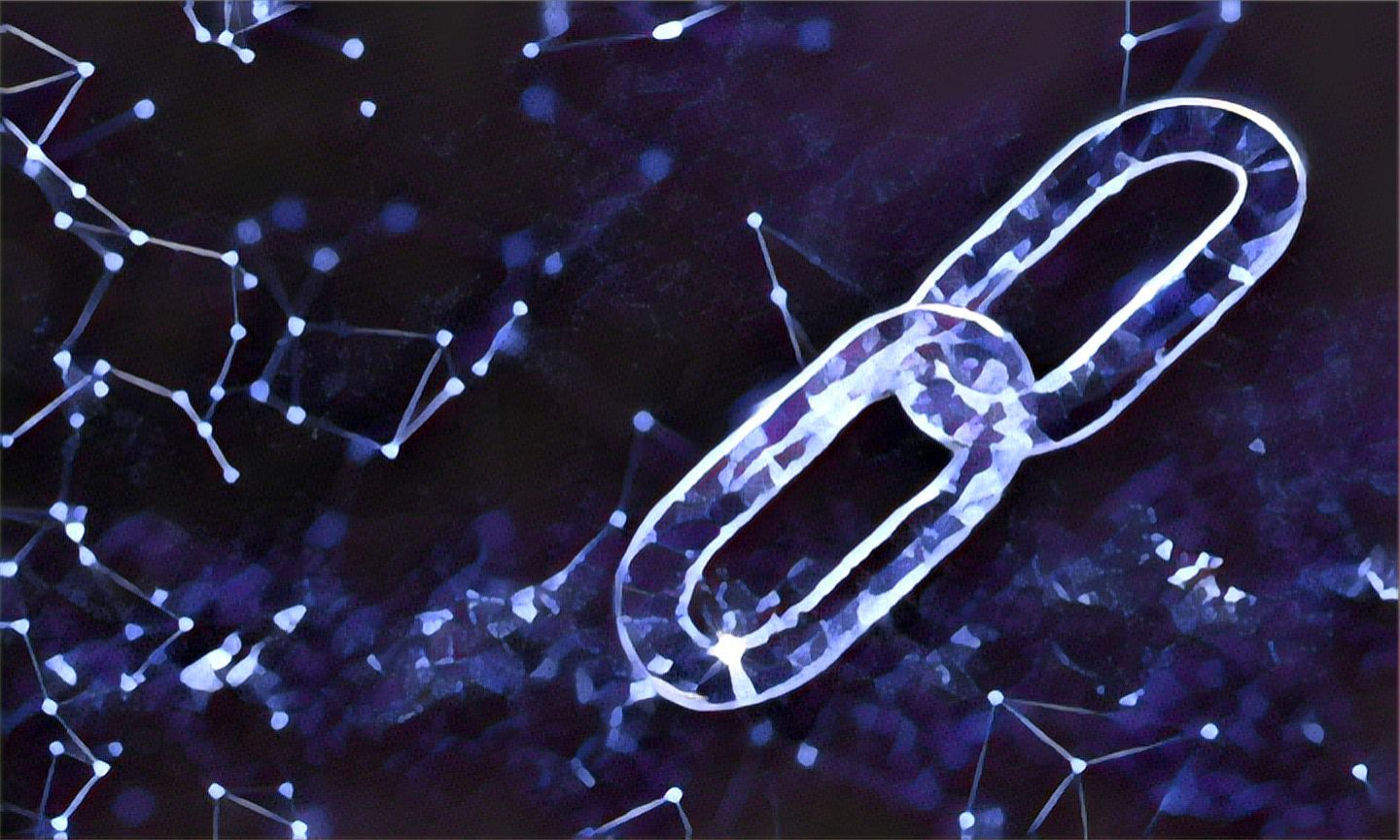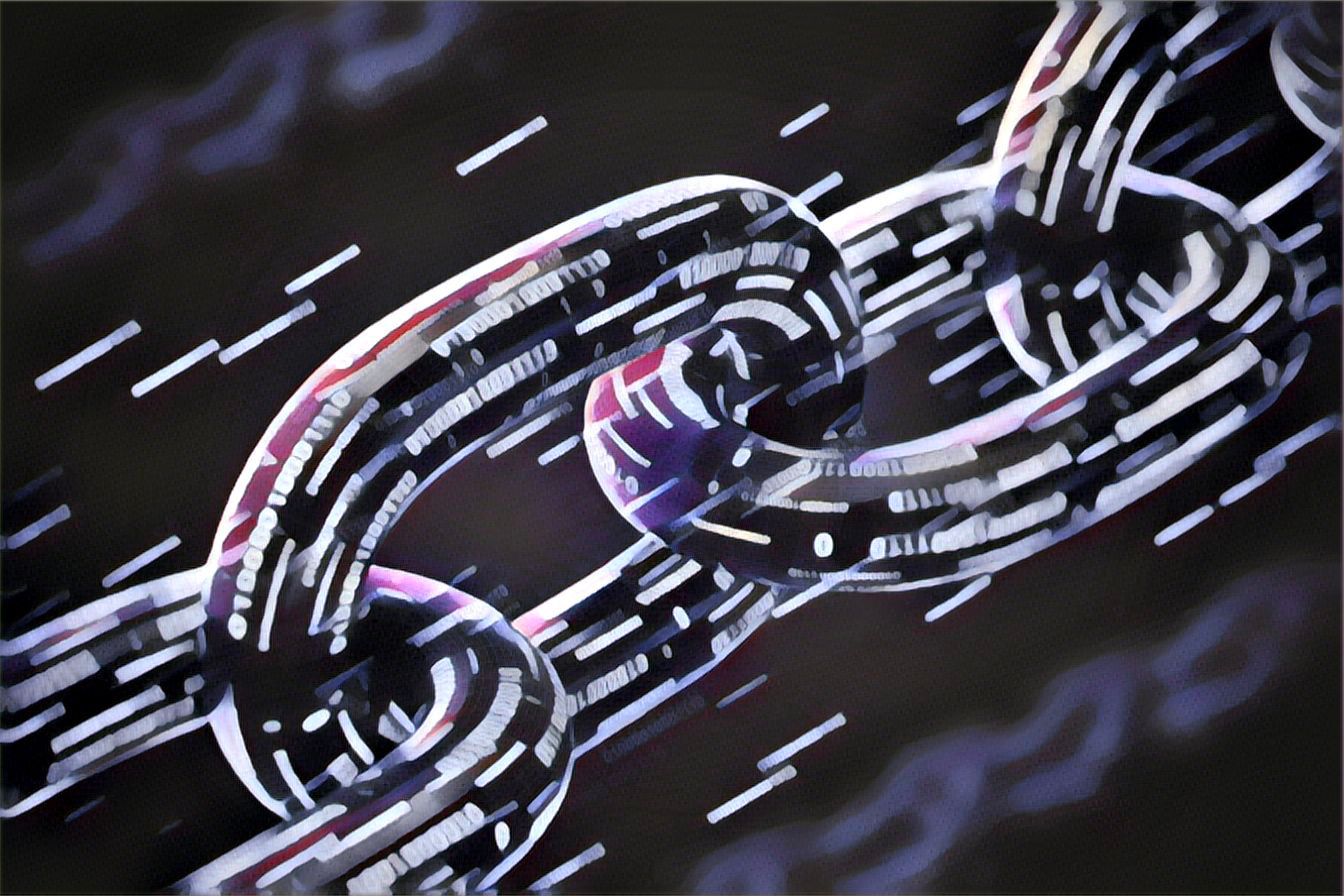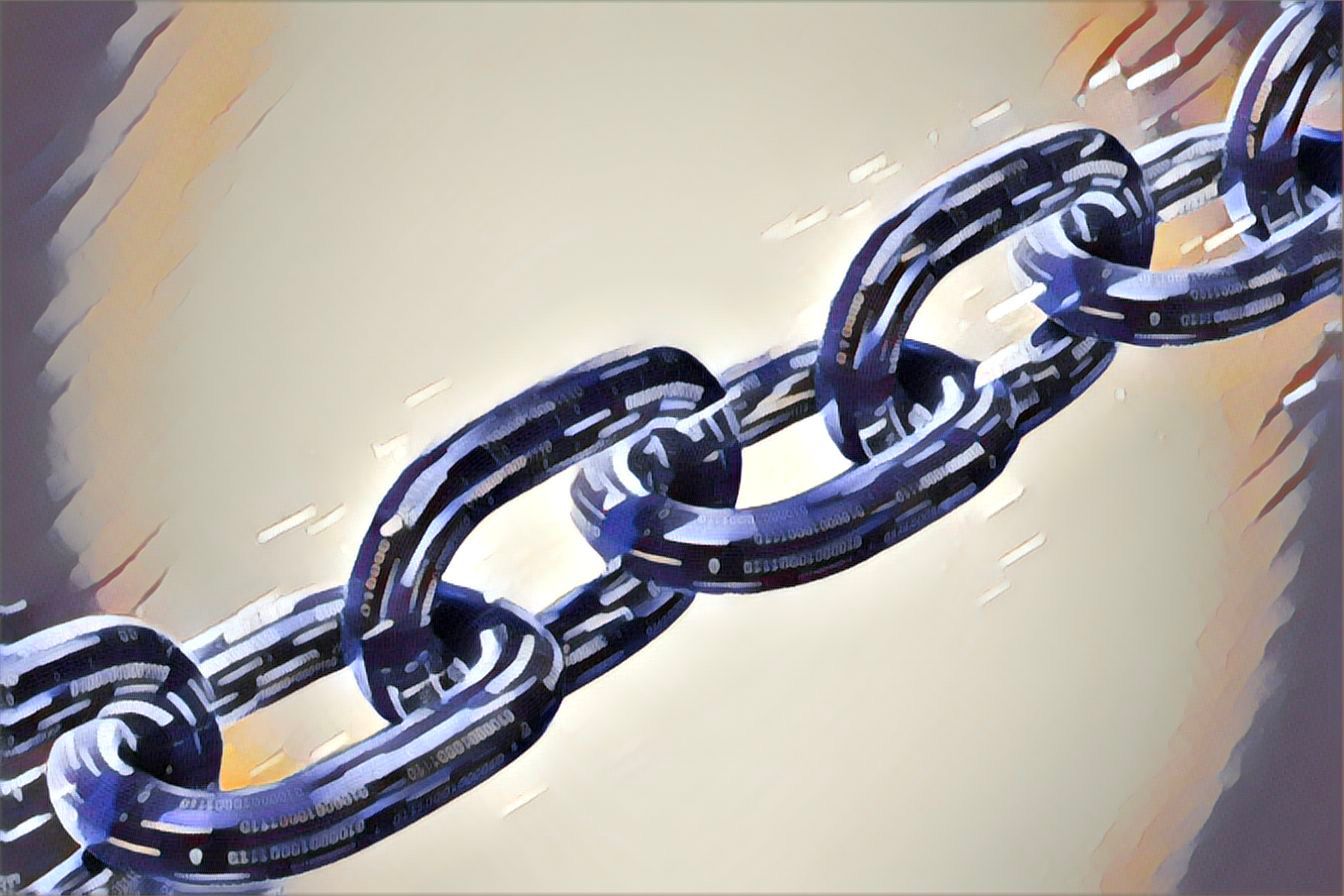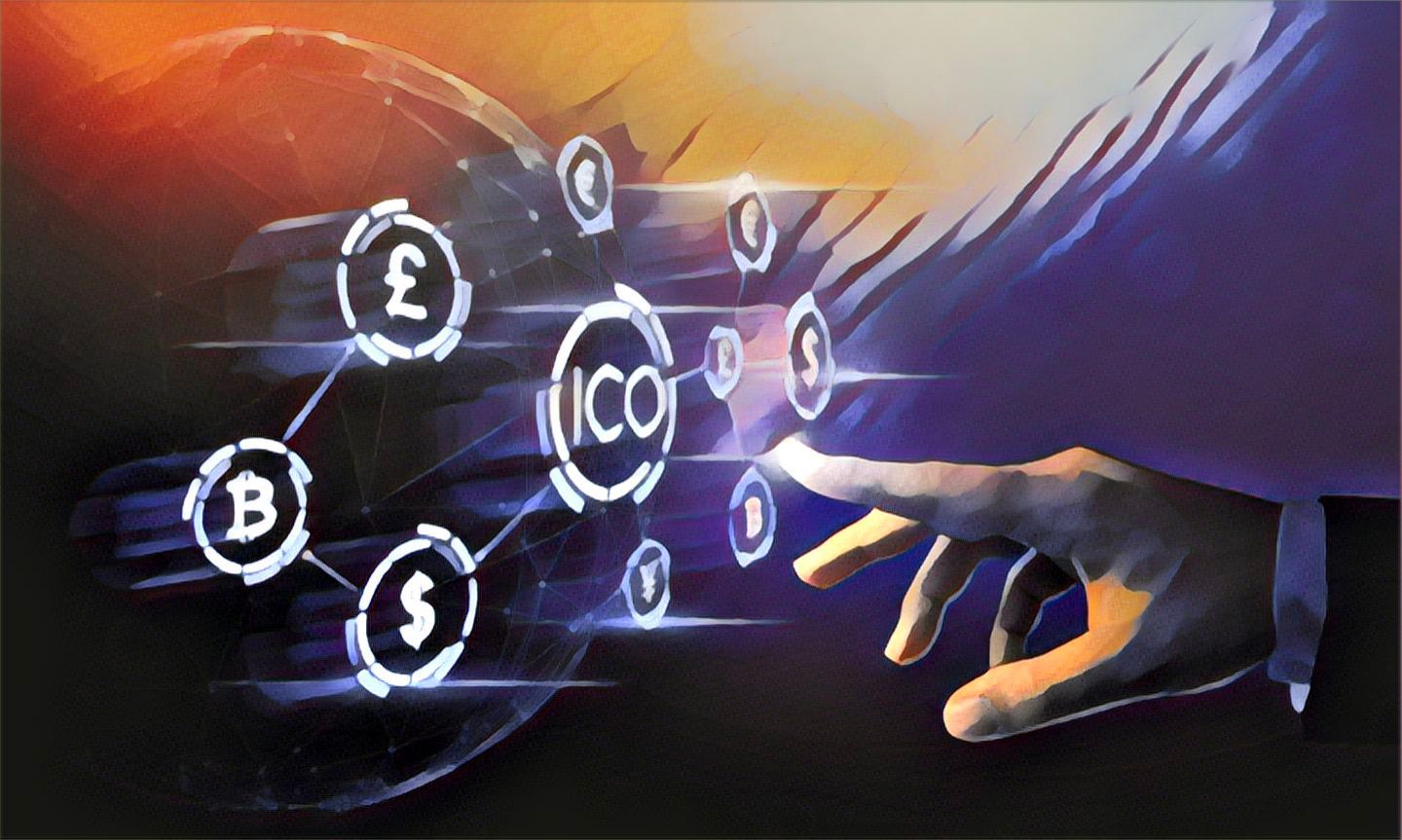Proof Of Burn
Proof of Work - How Does It Work?
Proof of Work (PoW) blockchain derives from a scenario where the user needs to compete in a complex problem. They enter the cryptographic segment to assess and find a valid solution. Whichever miner is able to find the right solution for proof of work, it needs to be showcased to others available in the entire network. The network nodes distribution will be responsible to validate the proof or not. In case the proof of work is found to be valid, the miner has the right to include the block in Blockchain technology. The rewards will be distributed with the generation of new Bitcoins.Proof of Stake - How Does It Work?
The Proof of stake Blockchain algorithm functions in a very different manner. The Proof of Stake (PoS) doesn’t use the hash functions but uses the digital signatures proving the ownership of the coins as well. The ministers are responsible for the addition and validation of new blocks in a more unique and determined manner. More coins are at a stake, and the higher will be chances of a block validator. The majority of PoS (Proof of Stake) systems are different from the Proof of Work (PoW) systems as well. The former also doesn’t provide the block rewards. A miner will get block validation and transaction fees. The Proof of Burn (PoB) is highly similar to the PoW (Proof of Work) and PoS (Proof of Stake) as well. It has the best way to reach the consensus algorithm while being better than the above alternative.Proof of Burn - How Does It Work?
Proof of Burn has a variety of types and categories to choose from. The fundamental concept and objective of Proof of Burn (PoB) are one of the most preferred choices in the world of Cryptocurrency. It was brought as an alternative to the PoW consensus algorithm of Blockchain technology. Proof of Burn might seem similar to a Proof of Work algorithm, but the former has a lower rate of energy involvement. PoB networks have a block validation process that remains free from the dependency of computational resources. Along with that, it doesn't even depend on powerful mining hardware. However, Cryptocurrencies are burned while investing resources in Blockchain technology. Hence, there is no need to invest in physical resources anymore. The PoB system allows the miners to invest resources in the virtual mining power. In simple words, users can perform coin burns to showcase their consistency and commitment to the network. With this, the miner gets the right and control to adapt and validate transactions. More coins are burnt by the users, and the higher will be the mining ability. Along with that, there would be higher chances of choosing the next block validator.Proof of Burn - Advantages and Disadvantages
Here are some of the quick advantages and disadvantages of PoB (Proof of Burn). However, we are sharing a few of the long lists that can be validated with further testing and analysis.Advantages
- Proof of Burn (PoB) happens to be more sustainable and with a lower rate of power consumption.
- Coin burning process is completely virtual, curbing the need for mining hardware.
- Coin burns can also reduce the supply circulation and avoid the problem of market scarcity.
- PoB motivates the long commitment from the miners.
- Coin burns and mining processes are less centralized as compared to others.
Disadvantages
- PoB is not preferred as eco-friendly in some cases. The reason behind the same is because Bitcoins are being kept burning during the entire PoW mining while using lots of resources too.
- PoB is not applicable to function at the higher scales. In order to ensure efficiency and security practices, it will require more testing standards.
- The miner's work verification can be delayed in most cases. It is much better and faster in Proof of Work (PoW) blockchains.
- The PoB (Proof of Burn) involves the process of burning coins that is not transparent in all aspects. These can be easily verified because of the average user.



